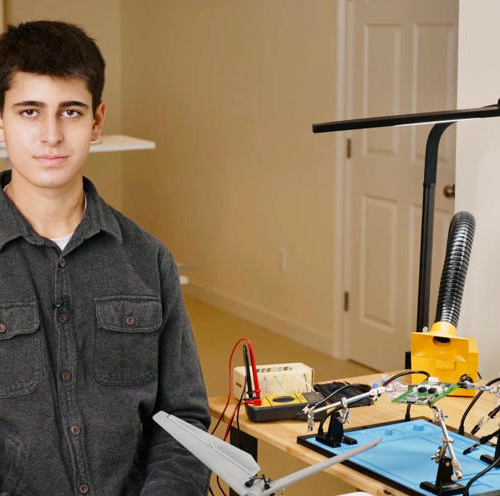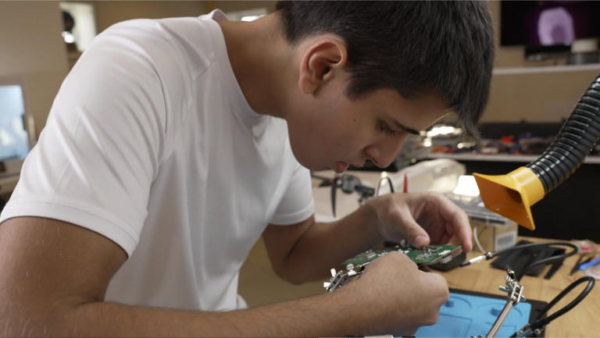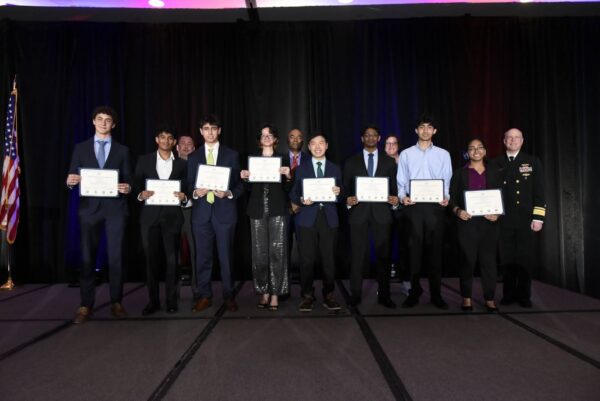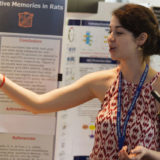June 27, 2025

As any engineer will tell you, a good project always starts with a problem to solve. For Cooper Taylor, a student from Greenwich Country Day School in Connecticut, the problem was figuring out how to make his little sister’s drone fly longer than 30 minutes before dying.
Last summer, Cooper spent his days working to solve this problem, resulting in a new, 3D-printed design for a drone. After months of trial and error, Cooper’s latest prototype was a fully modular design constructed at one-fifth the cost of a typical drone and still fairly lightweight, weighing in at 2.6 kg. Leading up to this project, Cooper saw that the average VTOL (Vertical Takeoff and Landing) drone was expensive and energy inefficient. He decided that he could design something less costly while improving efficiency and durability. Then the research began.
 Under the mentorship of Dr. David Handelman, a senior staff roboticist and project manager at the Johns Hopkins University Applied Physics Laboratory, Cooper expanded his knowledge of how drones function, how they are constructed and potential ways he could improve the design.
Under the mentorship of Dr. David Handelman, a senior staff roboticist and project manager at the Johns Hopkins University Applied Physics Laboratory, Cooper expanded his knowledge of how drones function, how they are constructed and potential ways he could improve the design.
The major cost saving alteration had to do with the motor–the most expensive item on a drone. Typically, VTOL drones launch like helicopters using rotors, then move forward like airplanes with a motor. But once the drone is in the air, the rotors go unused. Cooper sought to optimize a motor design that could serve both lift off and flight functions to eliminate the need for two motors and maximize cost efficiency. This resulted in a novel tilt mechanism design, allowing one motor to lift vertically and cruise horizontally. Since Cooper 3D printed each component of the modular drone, the design also allows for easy adaptability and increased durability.
With an operational prototype ready, Cooper decided to submit his research to the Junior Science and Humanities Symposium (JSHS). After advancing through his regional competition, he joined 239 of his peers inChantilly, Virginia from April 22-26 for the National JSHS Competition. Cooper’s research, Next-Generation VTOL Drones: A Breakthrough in Tilt Mechanism and Modular Design for Optimization and Accessibility, earned him 2nd place in the oral presentations for Engineering and Technology and an $8,000 scholarship.
(JSHS). After advancing through his regional competition, he joined 239 of his peers inChantilly, Virginia from April 22-26 for the National JSHS Competition. Cooper’s research, Next-Generation VTOL Drones: A Breakthrough in Tilt Mechanism and Modular Design for Optimization and Accessibility, earned him 2nd place in the oral presentations for Engineering and Technology and an $8,000 scholarship.
What’s next? Cooper plans to continue modifying his drone prototype in the future and is spending this summer in the Reliable Autonomous Systems Lab at the Massachusetts Institute of Technology.
Want o submit your individual research for a chance to earn scholarships and national recognition? Learn more about JSHS and find your region here.

Junior Science and Humanities Symposium (JSHS)
At Junior Science and Humanities Symposium (JSHS), high school students compete for scholarships and recognition by presenting results of their STEM projects to a panel of judges.
More About Junior Science and Humanities Symposium (JSHS)Find a Volunteering Opportunity
Visit our Program Volunteers page for a tool to find the best opportunity for you.
